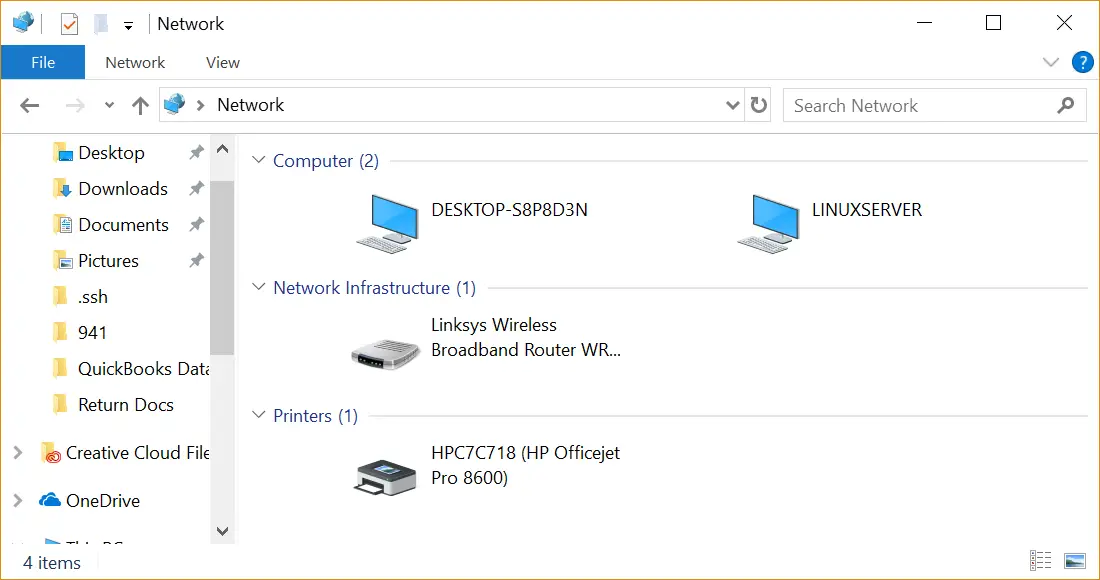

SMBv2 will work, and depending on your Linux (or rather Samba) version you can go up to 3 or 4. To keep us safe, let’s ask Samba to use a newer protocol by default instead. Something about a the WannaCrypt/WannaCry exploit and ransom demands. Windows 10 however will throw an error (or rather not connect without any clue as to what’s wrong), because the SMBv1 protocol is no longer supported for security reasons. With the above configuration, macOS and other Linux systems can already access the shared folder. My system (and Samba) user is called “shareuser”, and my folder location is on his Desktop. The idea is that you could have various locations for different users on one system. I’m calling my share “supershare” here, but that’s arbitrary.

Use your favourite text editor and add the following to the bottom of the file: # My Samba Share
#ACCESS SAMBA SHARE FROM WINDOWS FULL#
All we need is the full path to it and set it up in the Samba configuration file. It can live anywhere on the system, even on mounted drives. We need to pick a folder we’d like to use. Once confirmed, the current (or specified) system user will be added to the Samba user group. You can run the same command as the system user too without specifying a user. We can set this up with the following command (as root), which will prompt for a new password. Samba needs its own password for a user, which can be a different one from the system password. I already have a regular Linux user on my system, let’s call him “shareuser”. Systemctl start smb Setting up Samba Credentials Let’s also start and enable Samba on system start while we’re at it.
#ACCESS SAMBA SHARE FROM WINDOWS INSTALL#
This should bring up samba and install samba-common-tools as well. Let’s get the packages installed first: yum install samba It’s a little complex to get going, but I’ll show you all the relevant steps here. The easiest way to accomplish this is by using the Samba Protocol.Įssentially we’ll declare a part of our Linux system as a Samba Share, setup credentials in Samba, then let users from other systems access these files. It’s like a NAS without having a NAS box if you know what I mean. I like the idea of having a shared drive attached to my always-on Linux system, so that all my computers (Windows and Mac) can access those in a central place.


 0 kommentar(er)
0 kommentar(er)
